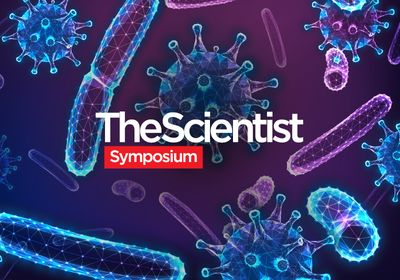Scientists are only just beginning to understand how parasitic helminth worms inhabiting the mammalian intestine and other tissues manipulate their hosts. In at least some cases, helminths may help dampen inflammation, and researchers are pursuing new therapies for autoimmune and inflammatory conditions that tap into worm-mediated signaling. A selection of the species—some of which infect animals other than humans—and proposed mechanisms, based mainly on in vitro and animal studies, are illustrated below.

 | WORM PRODUCTSHelminths release hundreds of different molecules, some of which are packaged into extracellular vesicles that may be taken up by host cells. |
 | ANTIBODY RESPONSESHelminth infection may trigger B cells to produce IgG4, an antibody suggested to be involved in anti-inflammatory responses. |
 | MICROBIAL INTERACTIONSSeveral worm species are associated with altered microbiome compositions. |
 | MOLECULAR FOUNDRYSome of the molecules secreted by N. americanus have shown promise in mouse models of inflammatory bowel disease. |
 | BLOCKING INFLAMMATIONA protein called ES-62, released by Acanthocheilonema viteae, may inhibit the release of inflammatory cytokines such as IL-12 from dendritic cells and T helper cells. |
 | PROMOTING CALMES-62 also induces regulatory B cells to produce IL-10, reining in inflammatory pathways. |
 | REGULATORY T CELLSHp-TGM, a molecule secreted by Heligmosomoides polygyrus, mimics mammalian TGF-β and can upregulate regulatory T cells, which dampen inflammation. |
 | ALLERGY ASSOCIATIONSA protein produced by H. polygyrus called Hp-ARI may neutralize cytokines such as IL-33 that are associated with allergy-related inflammation. |
 | GUT BARRIERInfection with Trichuris trichiura may stimulate CD4+ T cells to produce cytokines such as IL-22 associated with mucin production and gut wall protection. |
Read the full story.





